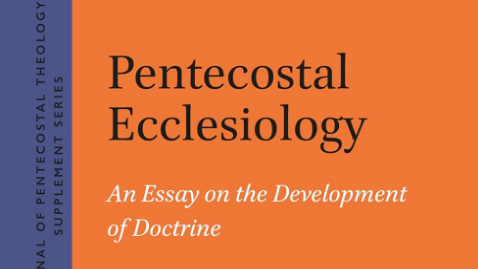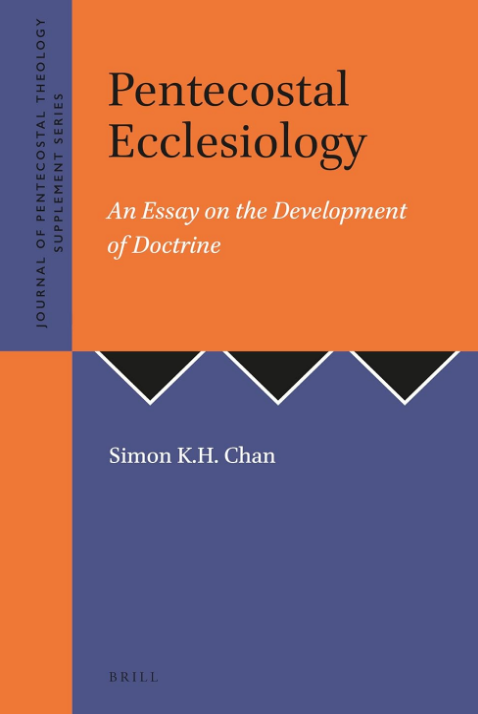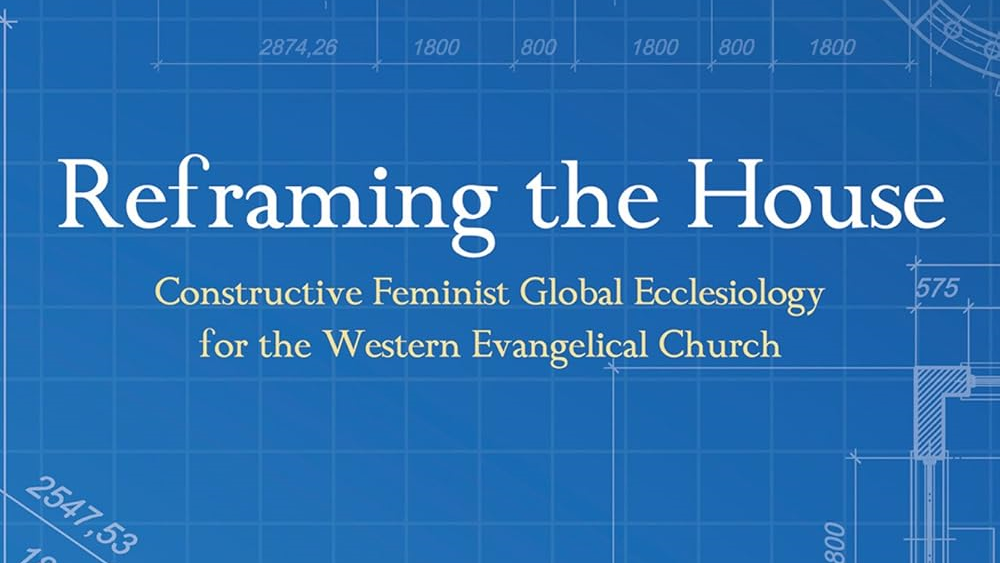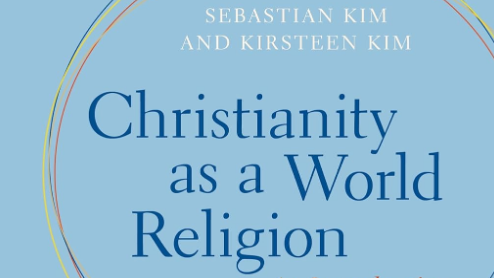Pentecostal Ecclesiology: An Essay on the Development of Doctrine

Table of contents

Simon Chan’s book, ‘Pentecostal Ecclesiology: An Essay on the Development of Doctrine’, presents a thoroughly researched argument emphasizing Pentecostals’ need to cultivate a robust ecclesiology to facilitate genuine traditioning and doctrinal development. Chan contends that constructing a Pentecostal ecclesiology does not necessitate starting from the ground up. He critiques the Pentecostal belief that engaging solely with “God’s word” and “God’s world” is sufficient for constructive theology.
The Review
This Pentecostal belief, which divorces doctrine from its ecclesial context, mirrors a characteristic feature of scholastic Protestantism and Evangelicalism. As a result, Pentecostals, influenced by these traditions, find themselves in a similar predicament.
Chan proposes that one way to overcome this challenge is by engaging with Eastern Orthodoxy. The book’s central theme explores the profound areas of affinity between Pentecostalism and Orthodoxy, particularly the inseparable connection between the Spirit and the Church. Chan examines the relationship between the Spirit and the Church, arguing that the Spirit’s work in the Church must ultimately reference the work of the Father and the Son, as the Church is a product of the Trinitarian economy, not solely the economy of the Spirit.
In Chapter 1, Chan clarifies the relationship between the Spirit and the Church by analyzing two contrasting pneumatologies: creation-centered and ecclesia-centered. He argues that understanding the Spirit’s role in creation necessitates viewing it through the Spirit’s primary role in the Church. According to Chan, the Spirit is fundamentally the Spirit of the Church, and it is through the Church that creation finds its ultimate meaning and fulfillment. Chapter 2 addresses the commonalities between Pentecostals and Evangelicals with ecclesia-centered pneumatology while highlighting critical divergence points. These differences, Chan asserts, further illuminate the unique aspects of Pentecostal ecclesiology. The principal distinction revolves around the issue of identity and non-identity. While recent Evangelical efforts to develop a church theology emphasize an “asymmetry” between the gospel and the Church, Pentecostalism’s practical pneumatology aligns more closely with the intimate connection between the Spirit and the Church found in Catholic and Orthodox ecclesiologies. The first two chapters delineate what Pentecostal ecclesiology is not, providing a backdrop for the affirmative approach developed in the subsequent chapters.
Chapter 3 explores the central thesis that the Pentecost event represents the coming of the Holy Spirit to indwell the Church, thereby making the Church an integral part of the narrative of the Spirit and the triune God. This personal indwelling is actualized primarily in the Church as the communion of the Spirit. Chapter 4 delves into the key features of this indwelling, which is challenging and resonating with the Pentecostal experience. The final chapter examines the reshaping of Pentecostal spirituality, seeking to articulate the theology implicit in Pentecostal spirituality while drawing on the broader spiritual tradition, particularly Orthodoxy, to provide an ecclesial framework. Chan theorizes that by engaging with this broader tradition, Pentecostalism can uncover hidden resources to build a stable yet dynamic ecclesiology.
Chan argues that all theological developments emerge from the needs and concerns of ecclesial communities, and the growing interest in ecclesiology among Evangelicals and Pentecostals reflects this reality. Traditionally, these groups have emphasized an individualistic conception of the Christian life, but there is a shift toward a more communal understanding. This shift has prompted some Evangelicals to re-examine the theological significance of the Church. Chan’s book elevates this dialogue to an academic level, offering a rigorous theological exploration of Pentecostal ecclesiology.
The Critique
As a Pentecostal reader, I approached this book with moderate anticipation, saving it for last. Upon reading, I found myself challenged with new insights, prompting a desire to pursue these ideas toward more logical and practical conclusions that could be implemented within a Pentecostal context. The book serves as a valuable resource for developing Pentecostal doctrine, although it does not provide specific doctrinal statements for further examination and dialogue.
In reflecting critically on Chan’s work, it is clear that his extensive research forms the foundation of his academic writing and argumentation. For instance, in Chapter 1 alone, Chan references scholars such as Kinnamon, Geiko Müller-Fahrenholz, D’Costa, Panikkar, Yong, Kim, and Pannenberg. However, integrating such a wide array of ideas sometimes obscures the central argument. While Chan seeks to demonstrate that the Spirit, creation, and the Church are contexts within which Pentecostal ecclesiology can be developed, his examination of Orthodox ecclesiology, while intriguing, does not definitively establish why Pentecostals should align with Orthodox thought, even partially. While Orthodox ecclesiology is compelling, the task remains to develop a distinct Pentecostal doctrine rather than merely inquiring into Orthodox traditions despite any similarities.
Chan’s observations on the nature of Pentecostal-Evangelical ecclesiology are particularly insightful. He argues that Pentecostal ecclesiology has been more sociological than theological, with the notable exception of glossolalia. While Barthian theology provides a starting point, its Christological focus neglects pneumatology. Protestant churches generally agree on the missional nature of the Church but avoid committing to theological development, whether Christological or pneumatological. This hesitation stems from a deep suspicion of the Church as a mediator of grace. Traditionally emphasizing the personal nature of Christ and Christianity, Pentecostals are often wary of corporatizing theology. However, there is a growing awareness among Pentecostals and Evangelicals that their theology of the Church must extend beyond pragmatic and sociological concerns and encompass theological dimensions. This trend, which Chan notes, is promising from both an academic and practical perspective.
Chan contends that ecclesiology should rely less on the Chalcedonian definitions of Christ—emphasizing His dual nature as human and divine—and instead focus on Christ’s current roles as prophet, priest, and king. This shift in focus, Chan argues, represents a significant theological advancement. Furthermore, the recent convergence of sacramentality, episcopacy, and liturgy within Pentecostal ecclesiology highlights the Church’s evolving understanding.
Conclusion
Overall, Chan’s book is greater than the sum of its parts. While certain sections may seem mediocre, they are punctuated with brilliant insights, making the book essential reading for Pentecostal Evangelical ecclesiologists and theologians.



